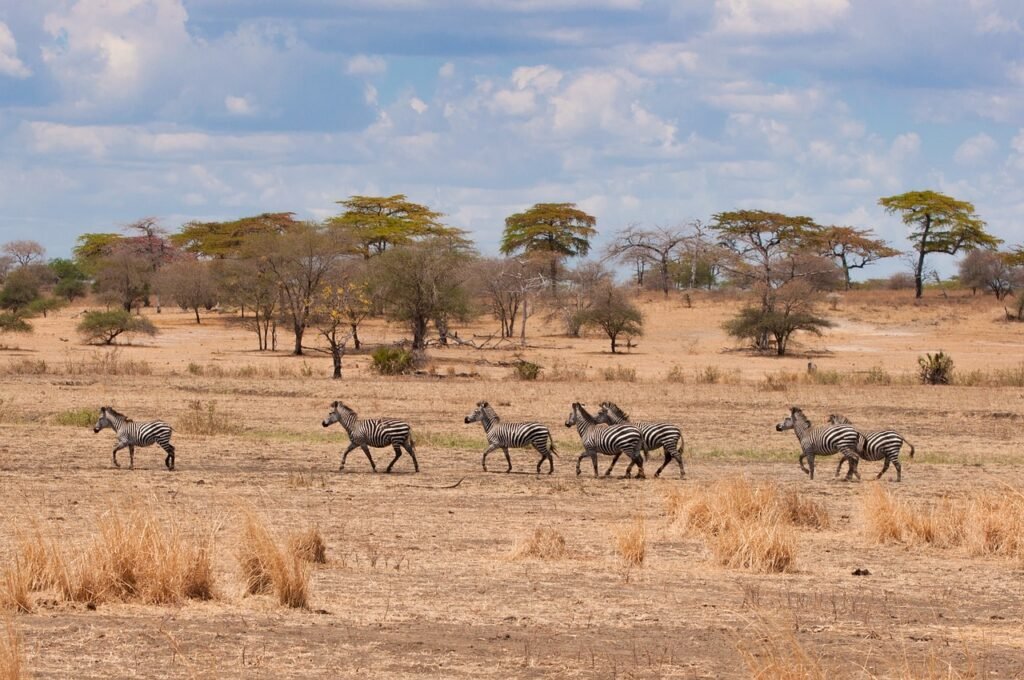Nestled in the heart of New Zealand’s North Island lies one of nature’s most formidable forces: a supervolcano capable of altering the course of human history. Known as the Taupō Volcanic Zone, this colossal geological structure is both a marvel and a potential menace. Imagine a sleeping giant, dormant yet not extinct, its presence a constant reminder of the Earth’s raw power. While the scenery above ground is serene and picturesque, beneath the surface lies a world of molten rock and immense pressure, waiting for the right conditions to unleash its fury. The question on many minds is whether this supervolcano could ever erupt again, and what that might mean for New Zealand and the world.
The Geological Significance of Taupō
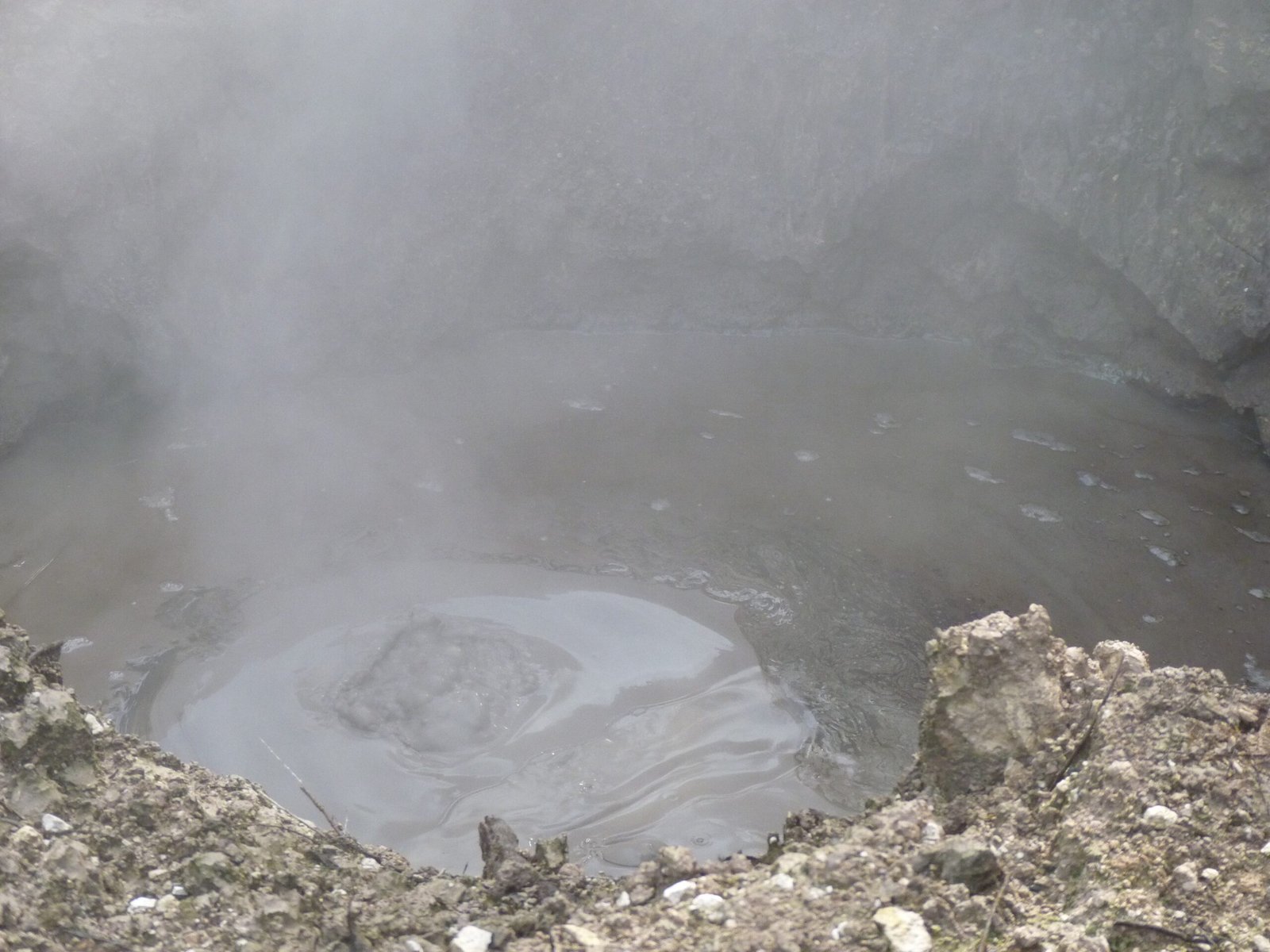
The Taupō Volcanic Zone is not just any ordinary volcanic area; it is a supervolcano, one of the most significant on the planet. Stretching approximately 350 kilometers, it encompasses several volcanic centers, each with its unique characteristics. This region has been the site of numerous eruptions, some of which were among the most powerful in Earth’s history. The sheer scale of Taupō’s eruptions makes it a subject of great interest and concern for geologists and volcanologists worldwide. Understanding its geological significance helps us appreciate the delicate balance of forces that exist beneath the Earth’s crust. The Taupō Volcanic Zone is a testament to the dynamic nature of our planet, constantly reshaping itself over millennia.
A History of Eruptions
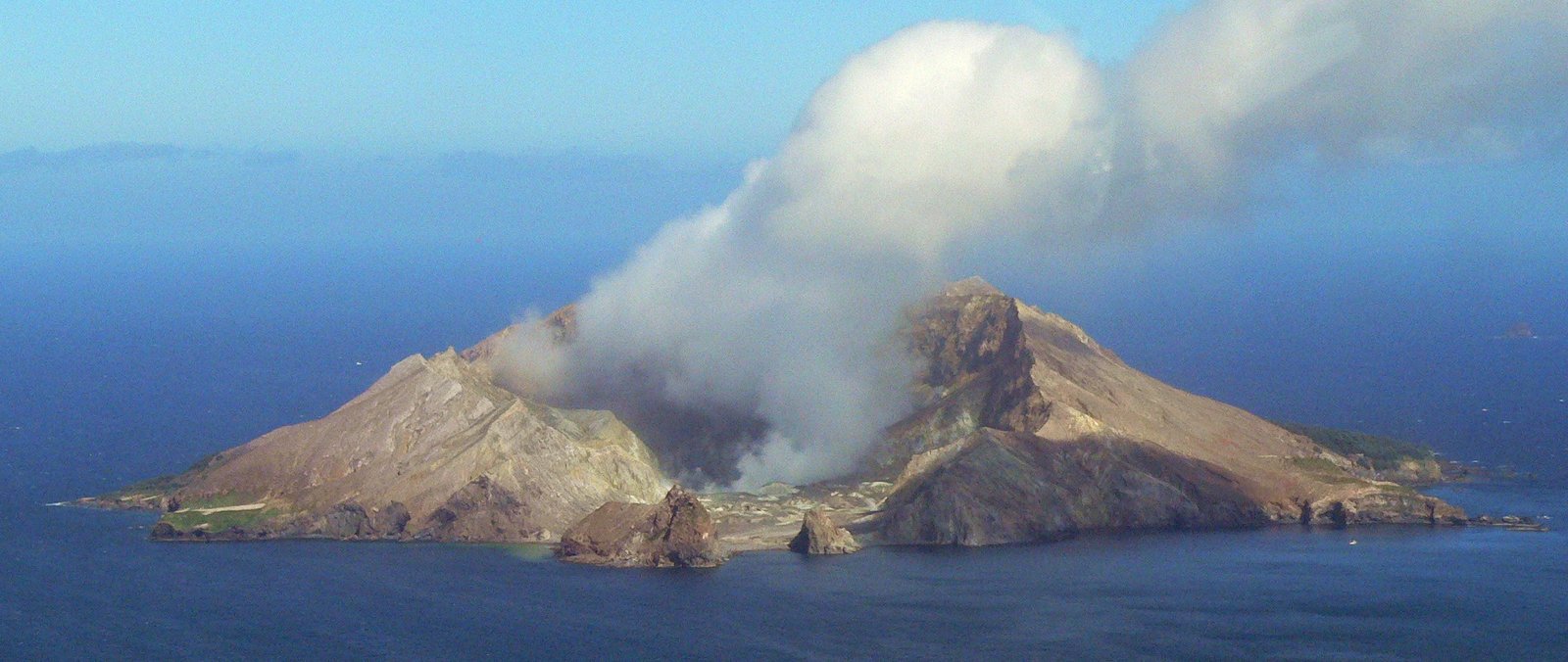
Taupō’s history is marked by a series of eruptions, the most notable being the Oruanui eruption around 26,500 years ago. This cataclysmic event was the largest known eruption in the last 70,000 years, releasing over 1,000 cubic kilometers of material into the atmosphere. The eruption reshaped the landscape, creating the enormous caldera that now forms Lake Taupō. More recently, around 1,800 years ago, the Hatepe eruption occurred, which was the most recent supereruption of Taupō. These events serve as reminders of the volcano’s potential, offering valuable insights into the patterns and triggers of such massive eruptions. Studying these past eruptions helps scientists predict future activity and prepare for any potential threats.
The Science Behind Supervolcanoes
Supervolcanoes differ from regular volcanoes in terms of their magnitude and impact. The scale of their eruptions is so vast that they can affect global climate patterns, leading to what is known as a “volcanic winter.” This occurs when massive amounts of volcanic ash and sulfur dioxide are expelled into the atmosphere, reflecting sunlight and causing temperatures to drop. The science behind these eruptions involves complex geological processes, including the accumulation of magma in large chambers beneath the Earth’s surface. Over time, pressure builds until it surpasses the strength of the overlying rock, resulting in a catastrophic eruption. Understanding these processes is crucial for predicting future eruptions and mitigating their impacts.
Monitoring Modern-Day Activity
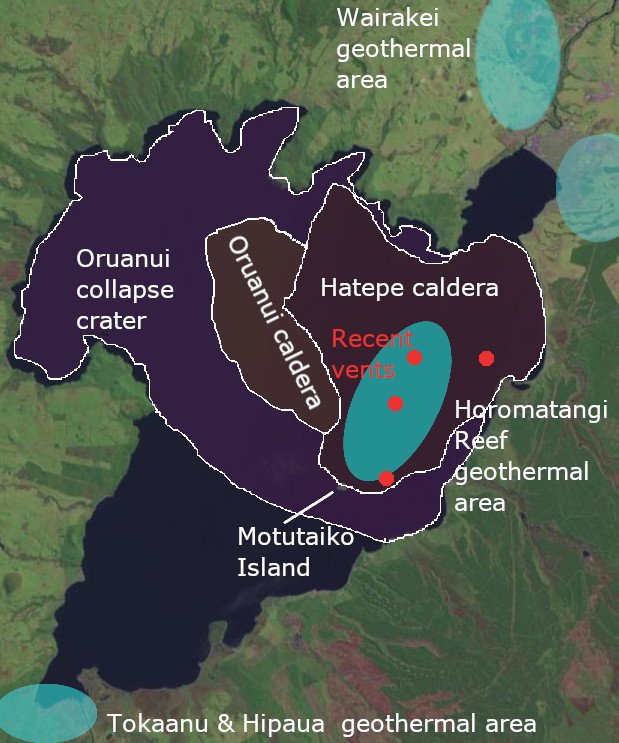
Today, scientists closely monitor the Taupō Volcanic Zone using a variety of techniques. Seismic activity, ground deformation, and gas emissions are all indicators of potential volcanic activity. By analyzing these data, researchers can identify patterns and changes that may signal an impending eruption. Modern technology, such as satellite imagery and remote sensing, allows for continuous monitoring of the area. This real-time data is invaluable for early warning systems, providing crucial information to authorities and the public. The goal is to ensure that any signs of increased activity are detected early, allowing for timely evacuation and preparation measures.
Potential Global Impacts
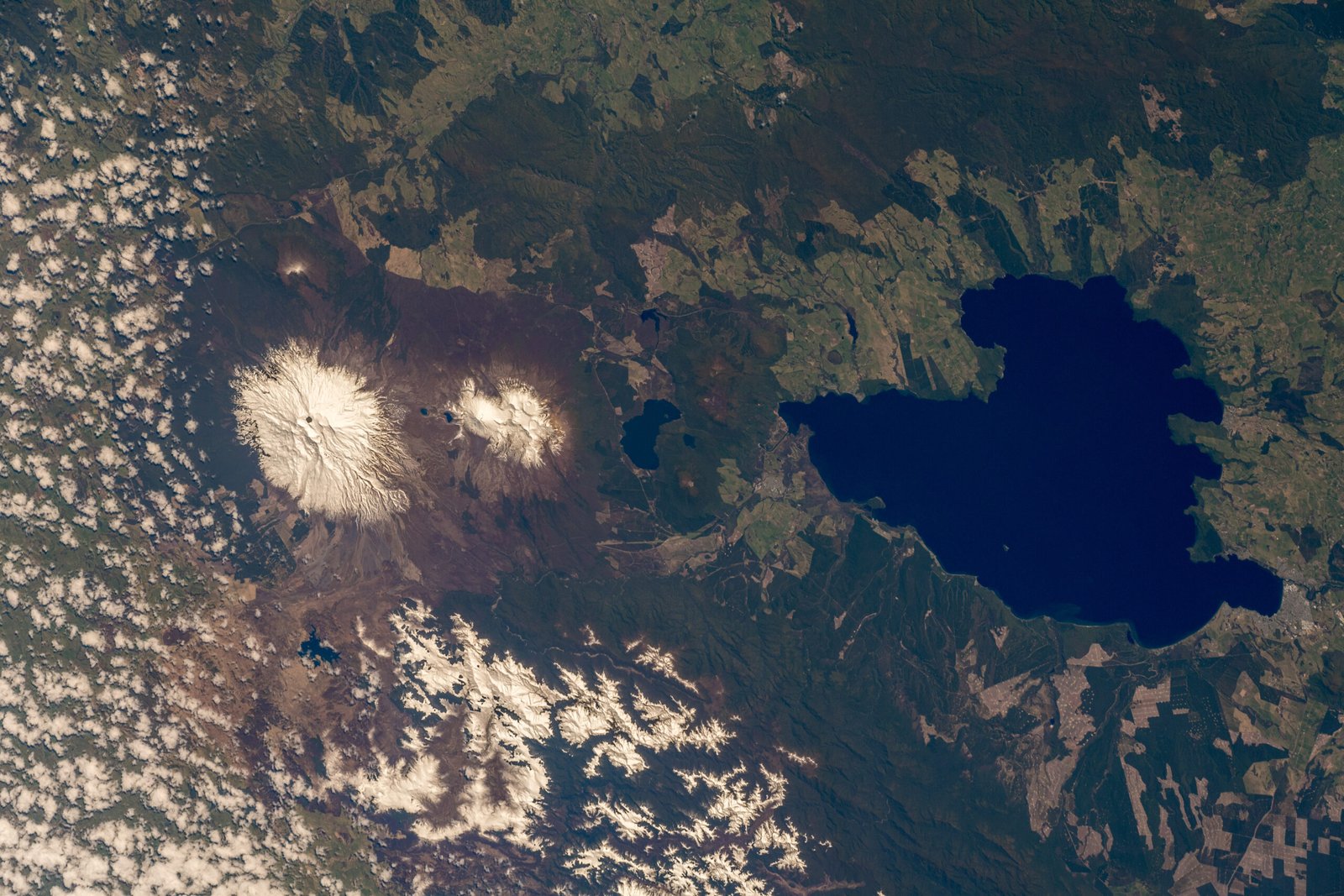
An eruption of the Taupō supervolcano would have far-reaching impacts, both locally and globally. The immediate effects would include widespread ashfall, pyroclastic flows, and the destruction of infrastructure. However, the global consequences could be even more severe. The release of large amounts of ash and gases into the atmosphere could disrupt air travel, affect global climate patterns, and lead to significant agricultural challenges. The economic and social ramifications would be profound, affecting millions of people worldwide. Understanding these potential impacts is crucial for developing strategies to mitigate the risks associated with supervolcanic eruptions.
Local Precautions and Preparedness
Given the potential threat posed by the Taupō supervolcano, local authorities in New Zealand have developed comprehensive preparedness plans. These include evacuation routes, emergency response protocols, and public awareness campaigns. Education is a key component of these efforts, ensuring that residents understand the risks and know how to respond in the event of an eruption. Community drills and simulations are regularly conducted to test the effectiveness of these plans. By fostering a culture of preparedness, authorities aim to minimize the impact of any future volcanic activity on local communities.
The Role of International Collaboration
Addressing the challenges posed by supervolcanoes requires international collaboration. Scientists from around the world work together to share data, insights, and expertise. Collaborative research projects aim to improve our understanding of supervolcanic processes and enhance predictive capabilities. International organizations, such as the Global Volcanism Program, play a crucial role in coordinating efforts and disseminating information. By pooling resources and knowledge, the global scientific community is better equipped to address the risks associated with supervolcanoes like Taupō.
The Uncertainty of Prediction

Despite advances in technology and science, predicting the exact timing and magnitude of a supervolcanic eruption remains a challenge. The complex nature of volcanic systems means that there are many variables at play, making precise predictions difficult. Scientists rely on probabilistic models to estimate the likelihood of future eruptions, but these are subject to a degree of uncertainty. This uncertainty underscores the importance of continuous monitoring and preparedness. While we may not be able to predict exactly when Taupō will erupt again, being prepared for the possibility is essential.
Lessons from History
History has shown us that supervolcanic eruptions can have devastating consequences. The eruption of Mount Tambora in 1815, for example, led to the “Year Without a Summer,” causing widespread crop failures and food shortages. These historical events serve as valuable lessons, highlighting the importance of preparedness and resilience. By studying past eruptions, scientists can identify patterns and develop strategies to mitigate future risks. History reminds us that while we cannot control the forces of nature, we can take steps to protect ourselves and our communities.
The Future of Taupō
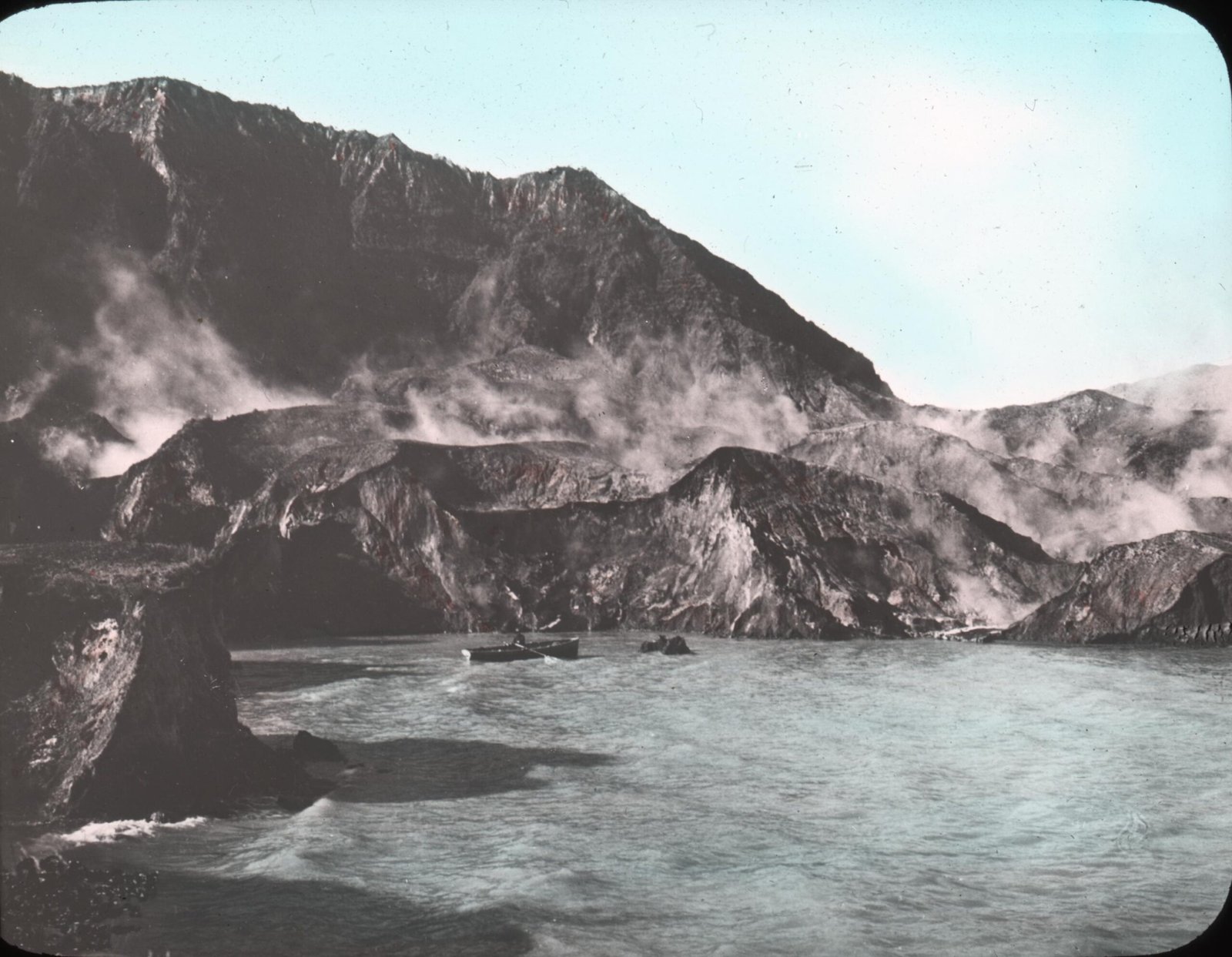
The future of the Taupō supervolcano remains uncertain, but one thing is clear: ongoing research and monitoring are crucial. Scientists continue to study the volcano’s behavior, seeking to unravel the mysteries of its past and predict its future. Advances in technology and scientific understanding offer hope for improved prediction and preparedness. As we look to the future, the challenge will be to balance the need for vigilance with the desire to enjoy the natural beauty of the Taupō region. The supervolcano beneath New Zealand serves as a powerful reminder of the dynamic nature of our planet and the importance of respecting its forces.


